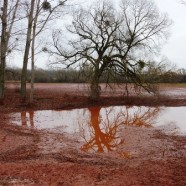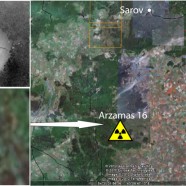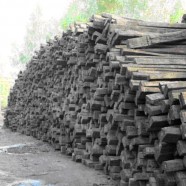Red Mud
An ecological meddling is necessary in Hungary. The red mud from Ajka contains notably significant levels of sulphur (around 3,000 mg / kg), chromium (600 mg / kg), nickel (200 mg / kg), arsenic (100 mg / kg) and mercury (1 mg / kg). The spreading of red mud presents health risks for the population that cannot be considered as minor. To give an order of magnitude, if one considers that half of the substance was spilt on farmlands covering an area of 5,000 hectares, then each hectare would be covered by approximately 500 tons of waste.
Red Mud in Hungary: A Predictable, International and Major Disaster.
Subject:: The Hungary Disaster
Characteristics: The processing of bauxite mineral with caustic soda to extract alumina produces red mud residual. Red mud contains caustic soda, iron, alumina, silicium, sodium, calcium, titanium, manganese, vanadium, hexavalent chromium, lead and cadmium. Because of the accumulation of all these metals and minerals red mud is a waste toxic for aquatic life, pets and farm animals.
“Forest Fires: Beware the Radioactive Fallout”
The site Arzamas-16 is threatened by forest fires since the middle of July 2010. The exact location of the storage and waste on the site is unknown. The current management of plutonium storage, enriched uranium and nuclear warheads are the subject of diverging information. The military site is in activity since 1946. For more than half a century, experiments and nuclear activities have left undeniable traces on the site (see the assembly of photos). If the fire reaches strategic and radioactive sectors this could spark a major event but also cause global contamination. The Russian government and fire fighters lack of insight to foresee the risk caused by the fires around this dangerous site and to control them is shocking.
















